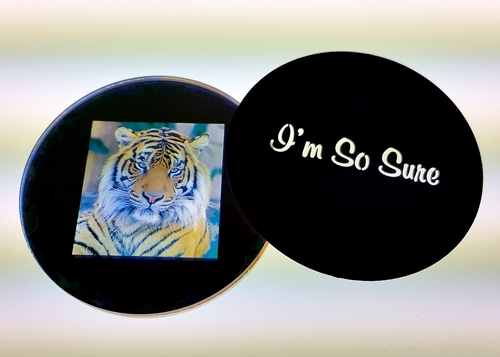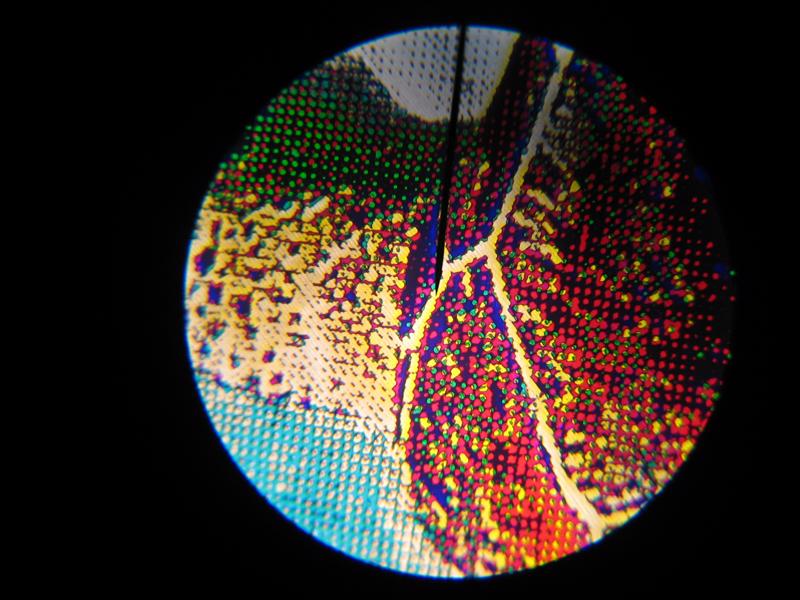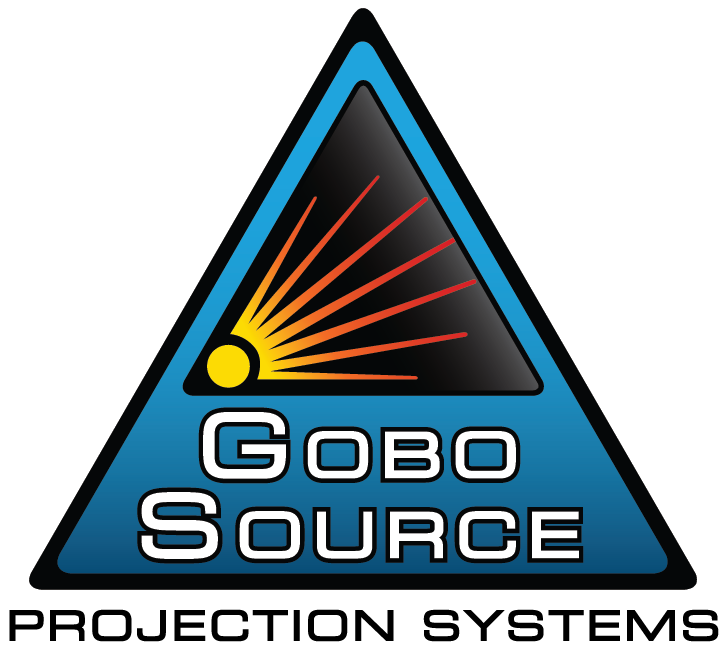
Gobos have a variety of purposes, and these can be broken down even further by choosing between a metal gobo or a glass one. Metal and glass gobos each have their uses, and knowing when to use which will help you optimize your use of these valuable lighting resources. Whether you're looking to add a design to your floors, ceilings, walls or building facades, gobos can capture people's attention in a manner that banners and other decorations can't.
Here are a few things to keep in mind when deciding between glass and metal gobos:
 A glass gobo can incorporate a wide variety of colors. This image shows a magnified view of a glass gobo's structure.
A glass gobo can incorporate a wide variety of colors. This image shows a magnified view of a glass gobo's structure.Color – Metal gobos are cut from a single sheet of metal, so the only color they can display is white, unless you use a colored filter for the light. However, glass gobos can be set with a variety of colors, allowing you to create colorful logos and designs across the RBG scale.
Cost – Though they offer much more customization in terms of color and text, glass gobos are also more expensive to make. Metal gobos, on the other hand, are cheaper, which allows a company to invest in significantly more of them at one time. As such, many people prefer to purchase glass gobos when creating custom designs and purchase stock metal gobos for other uses.
Heat-resistance – In some older, theatrical applications, heat-resistance can play a role in the type of gobo you purchase. However, recent changes in glass gobo design allow them to be more heat-resistant than metal ones, which can warp or burn out in high-heat projectors, effectively ruining them. Glass gobos are being made from a Borosilicate glass that reflects light rather than absorbs it, however, older projectors tend to produce "hot-spots" which could still crack a glass gobo.
Tabbing – Unlike glass gobos, metal gobos act more as stencil, while glass gobos work like a slide. This stencil effect means that lettering and hollow images with a center, such as the letters 'A' and 'O' require tabs to hold the center in place. Glass gobos avoid this issue by being etched, which may make them better suited for designs with extensive lettering. Another example of this would be a gobo for a company like Apple, which has many round letters with centers that would need to be included.
For all of your gobo needs, whether designing your own glass gobos or purchasing stock metal ones, contact GoboSource. We can help you select the best gobo options, as well as the projector and other accessories to accompany your lighting needs.
